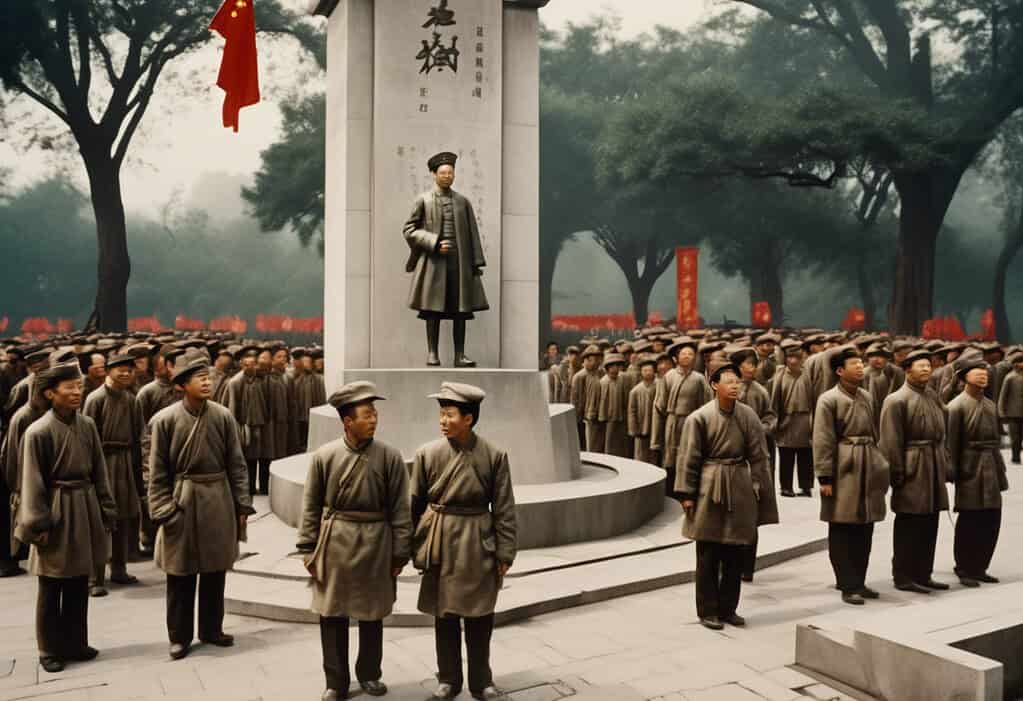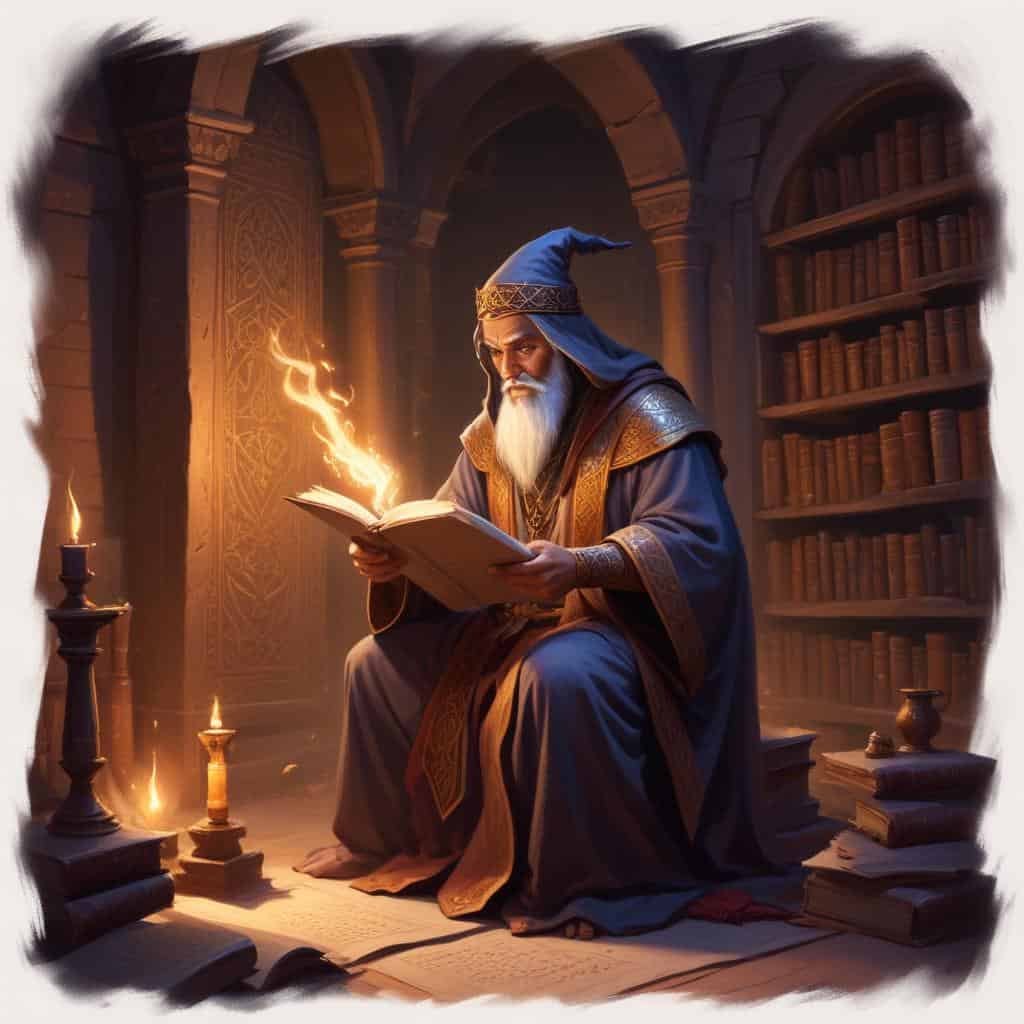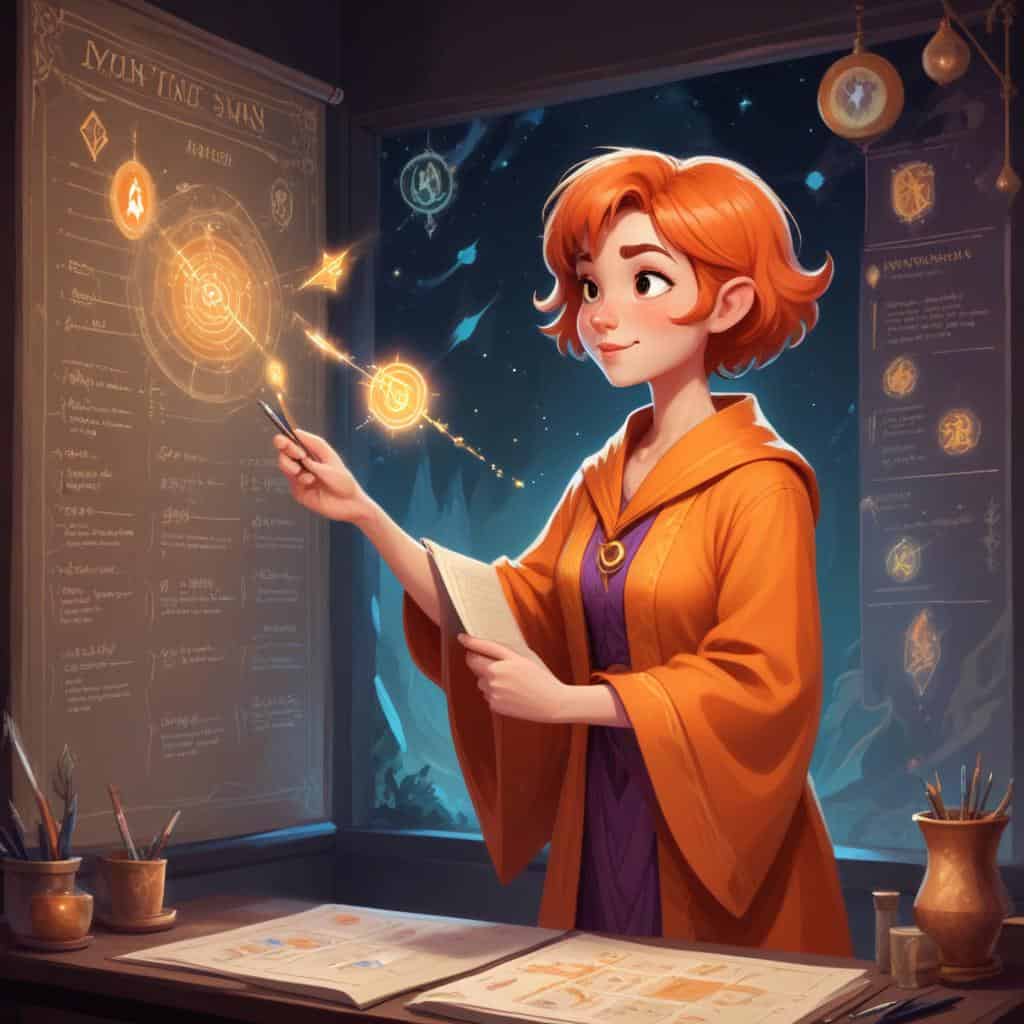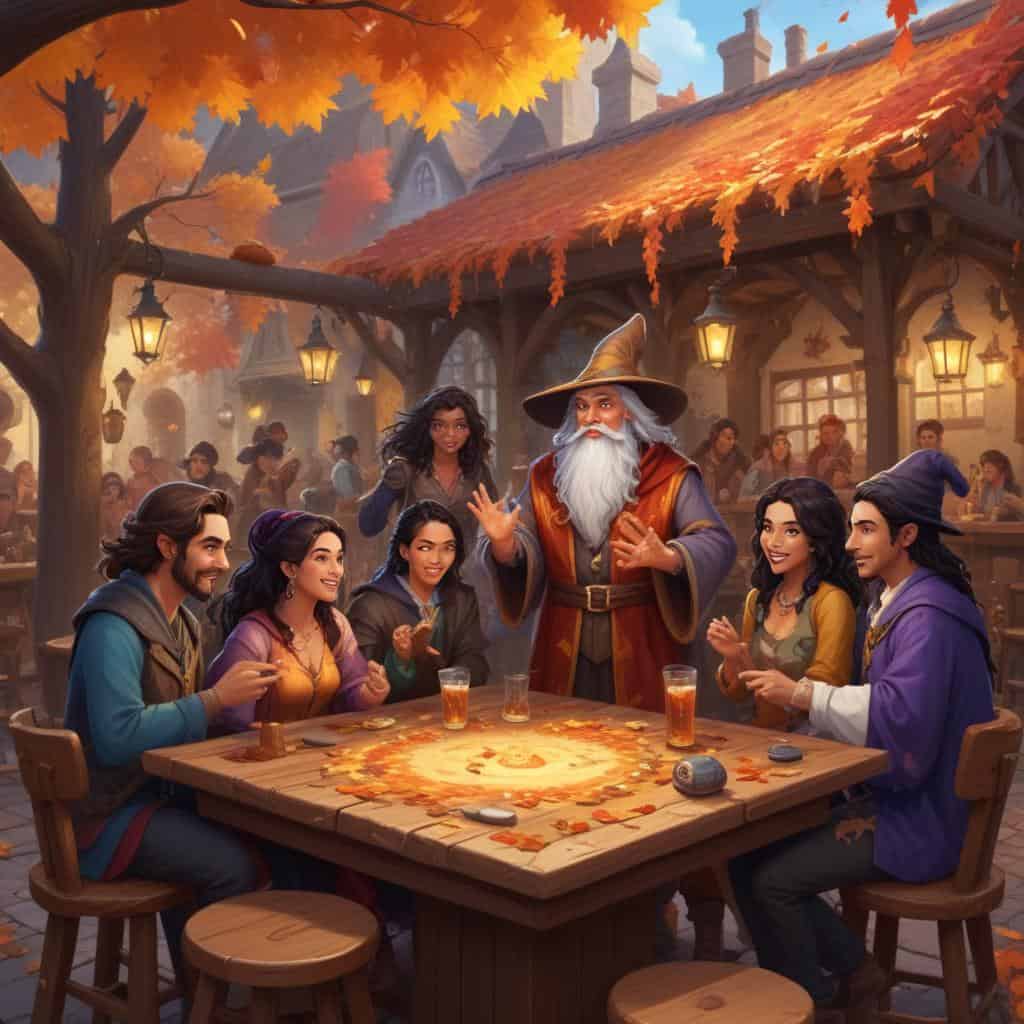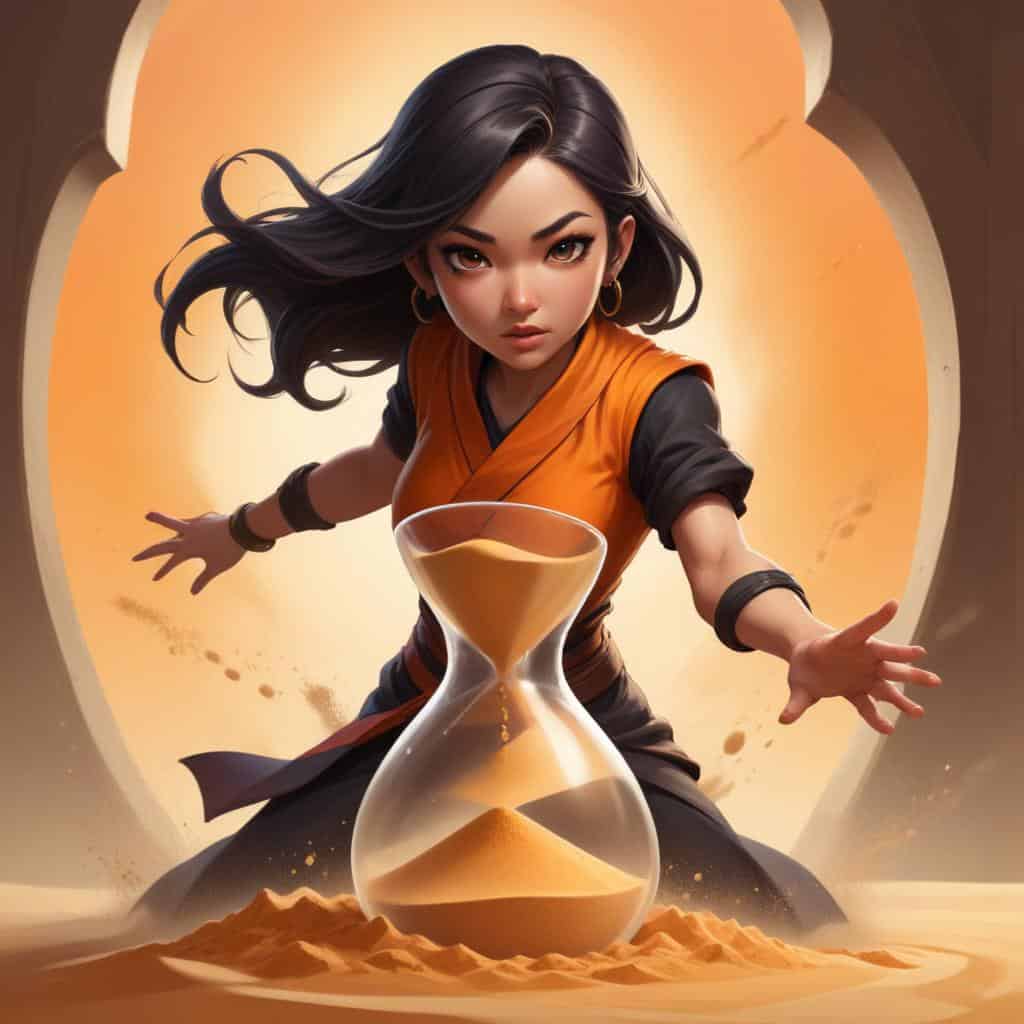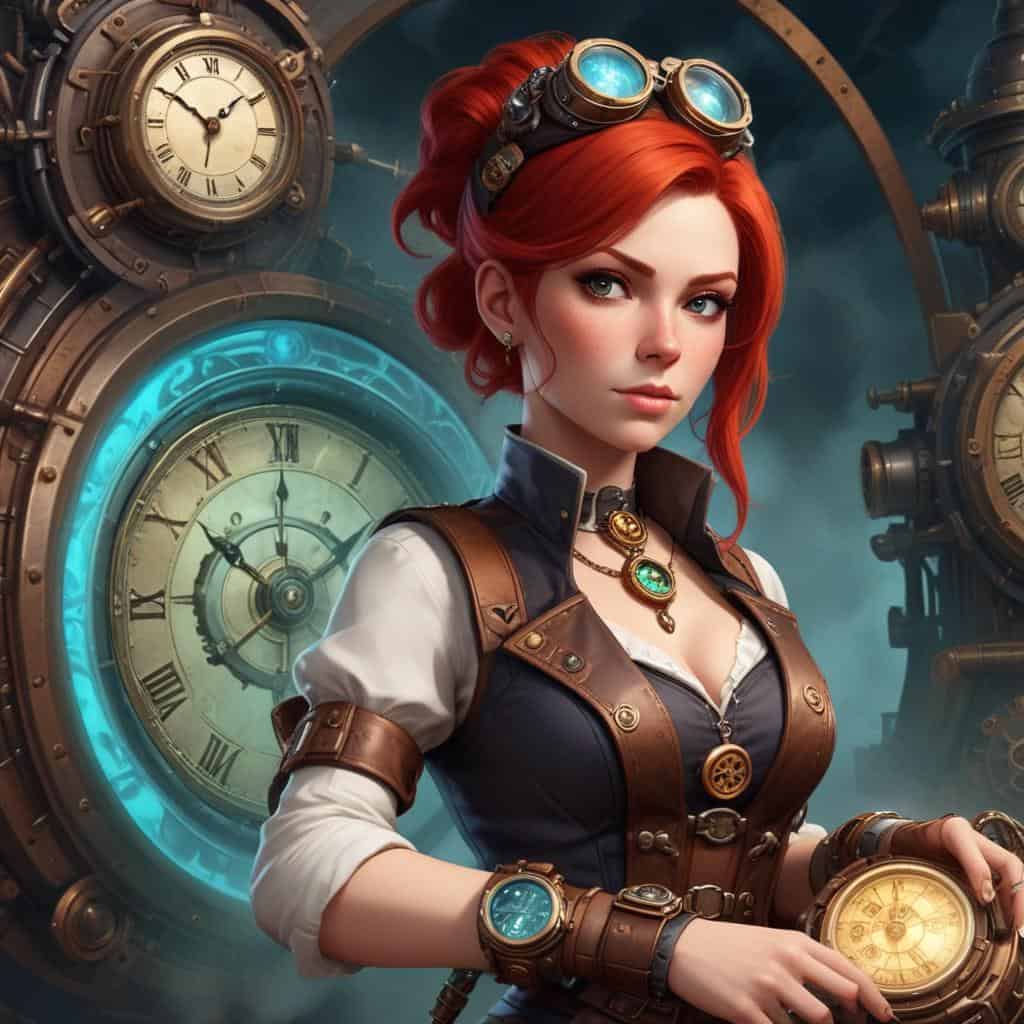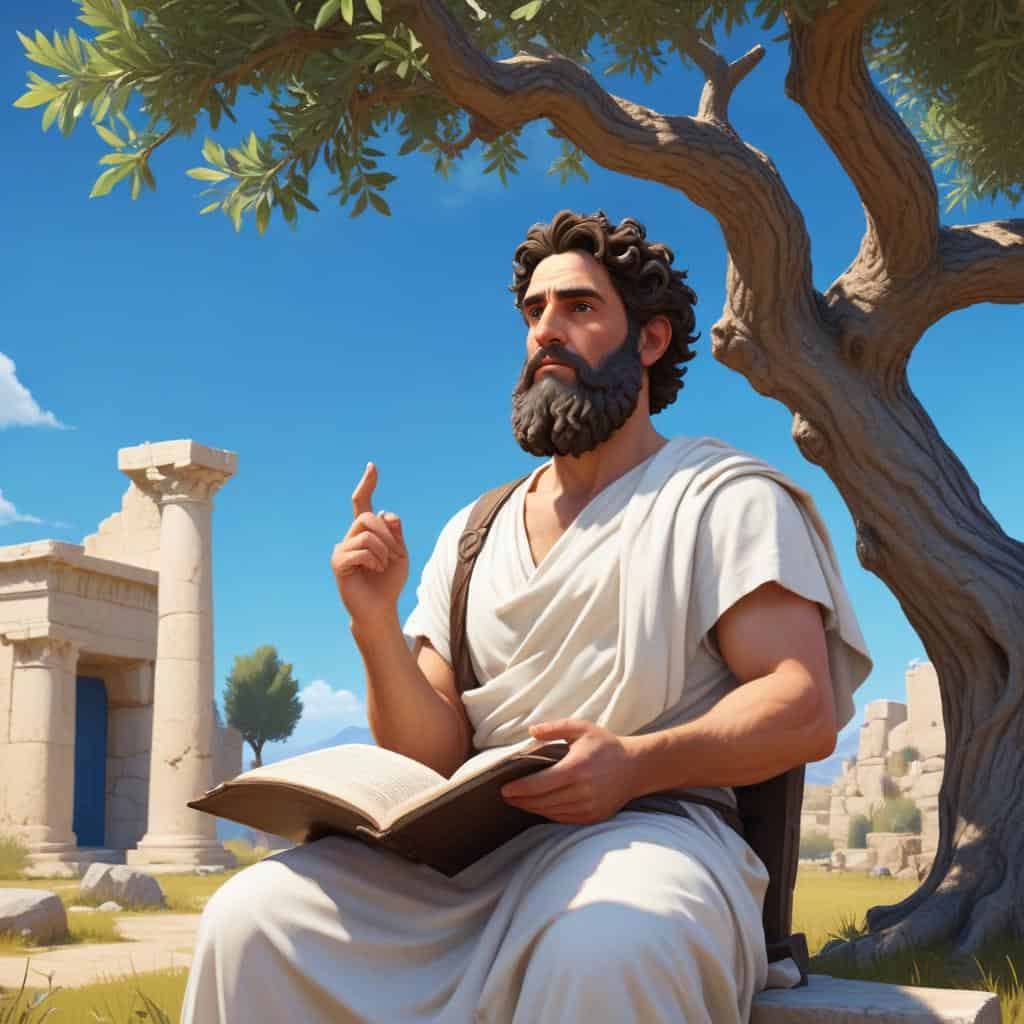The Republic of China (1912-1949 CE) was a period in Chinese history marked by political change. Led by the Kuomintang party, the country experienced both internal struggles and conflicts with external powers. This era saw the end of imperial rule and the establishment of a republican government.
Summary List
- The Republic of China was established in 1912, after the fall of the Qing Dynasty.
- It was the first republic in Asia and aimed to modernize China.
- The Republic of China was ruled by the Kuomintang party, led by Sun Yat-sen and later Chiang Kai-shek.
- During its existence, the Republic of China fought against warlords, Japanese invasion, and the Chinese Communist Party.
- In 1949, the Republic of China lost the Chinese Civil War to the Communists and retreated to Taiwan, where it continues to exist today.
Games And Apps
Learning Modules
Formation of the Republic of China - 1912
In 1912, the Qing Dynasty was overthrown, leading to the formation of the Republic of China. Sun Yat-sen became the first provisional president, ushering in a new era of modernization and democratic governance. However, political instability and internal conflicts would continue to plague the young nation in the years to come.
I Want To Learn This!Xinhai Revolution - 1912
The Xinhai Revolution of 1912 marked the end of the Qing Dynasty and the beginning of modern China. Led by revolutionary figures like Sun Yat-sen, the uprising brought an end to imperial rule and paved the way for the establishment of the Republic of China.
I Want To Learn This!Chinese Civil War Begins - 1927
In 1927, the Chinese Civil War erupted, pitting the nationalist Kuomintang against the communist forces of the Chinese Communist Party. The conflict, marked by political intrigue, military campaigns, and shifting alliances, would continue for over two decades, shaping the course of modern Chinese history.
I Want To Learn This!Northern Expedition - 1926
Join the daring adventurers of the Northern Expedition in 1926 as they embark on a treacherous journey through the unforgiving wilderness of northern China. Faced with harsh conditions and dangerous enemies, they must rely on their wits and courage to survive and achieve their mission.
I Want To Learn This!May Fourth Movement - 1919
The May Fourth Movement of 1919 was a significant moment in Chinese history, where students and intellectuals protested against the Treaty of Versailles and the unjust treatment of China by foreign powers. This movement marked a turning point in Chinese nationalism and sparked a new era of cultural and political awakening.
I Want To Learn This!Shanghai Massacre - 1927
The Shanghai Massacre of 1927 was a brutal event in Chinese history, where thousands of communists and their sympathizers were killed by the ruling Kuomintang government. This tragic event marked a turning point in the Chinese Civil War and had lasting effects on the country's political landscape.
I Want To Learn This!Manchurian Incident - 1931
The Manchurian Incident of 1931 was a pivotal event in modern history, marking the beginning of Japanese aggression in East Asia. This false flag operation led to the Japanese invasion of Manchuria and set the stage for further conflicts in the region, shaping the course of World War II.
I Want To Learn This!Second Sino-Japanese War Begins - 1937
In 1937, the Second Sino-Japanese War began, marking a brutal conflict between China and Japan that would last for eight years. The invasion of China by Japanese forces resulted in widespread devastation and loss of life, shaping the course of World War II in the Pacific theater.
I Want To Learn This!Marco Polo Bridge Incident - 1937
The Marco Polo Bridge Incident of 1937 marked the beginning of the Second Sino-Japanese War. A skirmish near Beijing between Japanese and Chinese forces escalated tensions, leading to a full-scale invasion and years of brutal conflict. This pivotal event reshaped the political landscape of East Asia for decades to come.
I Want To Learn This!Battle of Nanjing - 1937
Experience the harrowing events of the Battle of Nanjing in 1937, where Japanese forces brutally invaded the Chinese city, leading to mass atrocities and widespread destruction. Follow the stories of courage, survival, and resilience amidst the chaos and devastation of one of the darkest chapters in history.
I Want To Learn This!Chinese Communist Party Established - 1921
In 1921, the Chinese Communist Party was founded, marking a pivotal moment in Chinese history. With a vision of creating a socialist society, the CCP has since played a significant role in shaping modern China's political landscape. Discover the origins and evolution of this influential party in this compelling historical account.
I Want To Learn This!Long March Begins - 1934
In 1934, the Long March began, a pivotal event in Chinese history where Communist forces embarked on a grueling journey to evade enemy troops. This epic trek would cover thousands of miles, test the resilience of the soldiers, and ultimately shape the future of China's Communist movement.
I Want To Learn This!Xi'an Incident - 1936
The Xi'an Incident of 1936 was a pivotal moment in Chinese history, when Chiang Kai-shek, leader of the Nationalist government, was kidnapped by his own generals. This event led to a temporary truce in the Chinese Civil War and opened up new possibilities for political alliances in the country.
I Want To Learn This!Yan'an Rectification Movement - 1942
The Yan'an Rectification Movement of 1942 was a pivotal moment in Chinese Communist Party history. Led by Mao Zedong, the movement aimed to purge the party of corrupt elements and strengthen ideological discipline. This intense period of self-criticism and restructuring laid the foundation for the party's future success in the Chinese revolution.
I Want To Learn This!Cairo Conference - 1943
The Cairo Conference of 1943 brought together leaders from the United States, United Kingdom, and China to discuss strategies for defeating Japan during World War II. This historic meeting laid the groundwork for future cooperation and military operations in the Pacific theater.
I Want To Learn This!Chinese Civil War Ends - 1949
After over two decades of conflict, the Chinese Civil War finally came to an end in 1949 with the victory of the Communist Party led by Mao Zedong. The establishment of the People's Republic of China marked a new chapter in Chinese history and transformed the political landscape of the country.
I Want To Learn This!Communist Victory in China - 1949
In 1949, the Communist Party of China emerged victorious in a bloody civil war, establishing the People's Republic of China. Led by Chairman Mao Zedong, the Communists' triumph marked a monumental shift in Chinese history, shaping the country's political landscape for decades to come.
I Want To Learn This!

